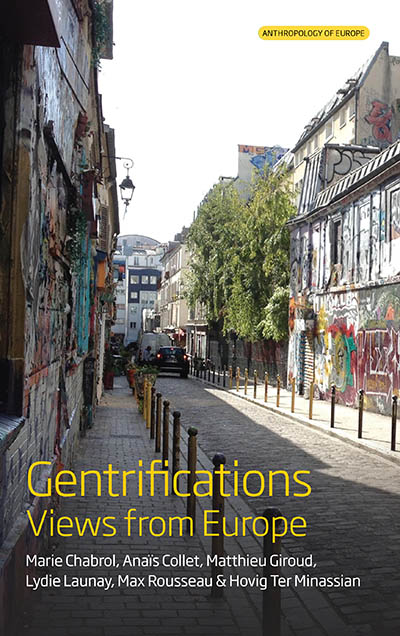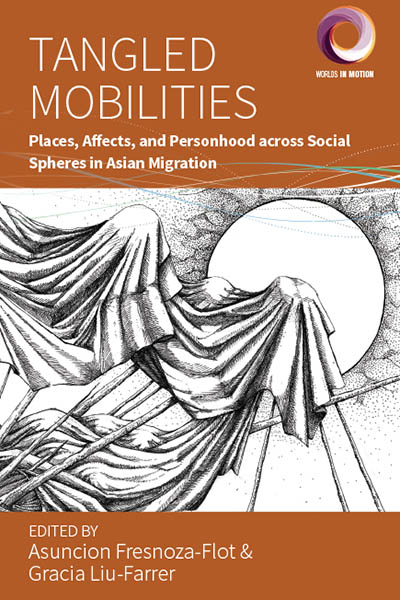
Series
Volume 41
Dislocations
See Related
Anthropology JournalsEmail Newsletters
Sign up for our email newsletters to get customized updates on new Berghahn publications.
Urbanizing the Future
A New City Project in Agrarian South India
Carol Upadhya
290 pages, 20 illus., bibliog., index
ISBN 978-1-83695-473-6 $135.00/£104.00 / Hb / Not Yet Published (May 2026)
eISBN 978-1-83695-474-3 eBook Not Yet Published
Reviews
“I really enjoyed reading the book. It makes an important contribution to the field. It contributes novel empirical and theoretical material to debates within urban and agrarian studies, while establishing to my knowledge the only scholarly account of the renowned Amravati city-building program in India.” • Thomas Cowan, University of Nottingham
Description
Amaravati, the new capital of Andhra Pradesh, exemplifies India’s policy thrust on urbanization. Tracing the rise, abandonment and revival of Amaravati, Urbanizing the Future delves into the ambitious plan to build a brand-new city in an agrarian landscape. The book unpacks the entanglements of caste, capital, and state power in shaping development through a regional lens. Urbanizing the Future highlights the disruptions and conflicts engendered by mega-projects as agricultural land is converted into urban real estate. Combining political economy and history with long-term ethnographic fieldwork, the Amaravati story offers a compelling critique of planned urbanization as a contested and uneven process in contemporary India.
Carol Upadhya is Honorary Visiting Professor at the National Institute of Advanced Studies, Bengaluru, India, where she leads the Urban & Mobility Studies Programme. Her latest publication is Chronicles of a Global City: Speculative Lives and Unsettled Futures in Bengaluru, co-edited with Vinay Gidwani and Michael Goldman (2024). She is also the author of Reengineering India: Work, Capital, and Class in an Offshore Economy (2016) and co-editor of Provincial Globalization in India: Transregional Mobilities and Development Politics (2018).




